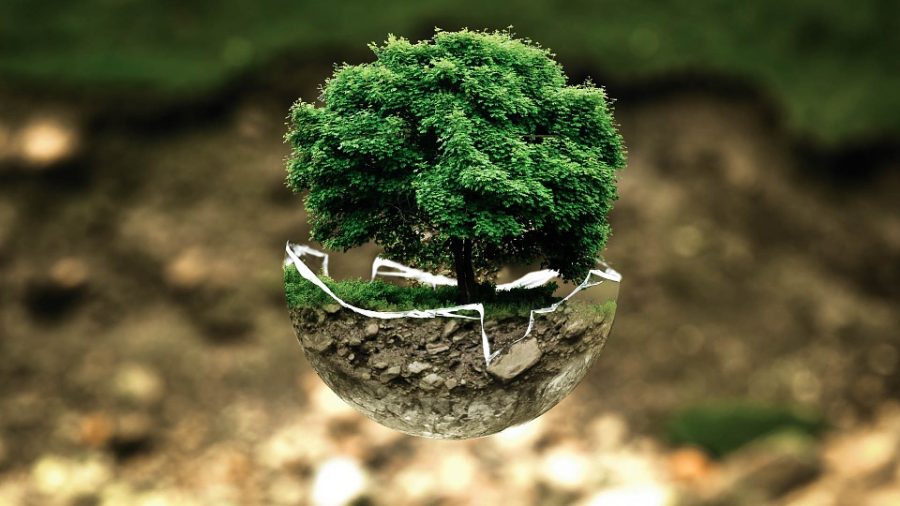Understanding the environment
How changes to the natural world affect human civilization
The environment is composed of the conditions in which all living things function and operate, and more importantly it is the natural world as it is affected by human activities. As humanity continues to grow and produce new technologies, the world that we stand upon changes. It’s important to understand that climate change is not necessarily detrimental to the planet, as its existence is no threat within these circumstances. What is under threat is our own livelihood, and how we are able to adapt to a changing planet that resulted from our own emissions.
How air and garbage disposal effects the planet
Air pollutants can result in ecological damage when they come into contact with living things such as vegetation and animals. Pollutants can be found in both water and land, where from the soil pollutants can be absorbed into waterways or be consumed by plants and animals. Damage to soils, vegetation and waterways may reduce the productivity of our agriculture and forestry industries, resulting in negative economic repercussions. Even within urban locations, air pollution can be costly- with consequences such as public transport being disrupted, or repairs being needed for buildings damaged by chemical action.
Garbage can have real impacts on the environment when it is not properly disposed of. When waste ends up at the landfill, chemicals in the trash can linger out into the soil, contaminating it. This will hurt plants, along with animals and even humans who come into contact with the soil.
Water’s vital importance in human consumption
Water comprises nearly 80 percent of a human’s total body mass. It is the medium for all the reaction and physiological processes in the body. If water is contaminated by filth, toxins or disease-causing microbes like bacteria, then that water is a great risk to drink. Rainfall is one of the steps of the water cycle on the earth. Without rainfall, there would be no drinkable water on the earth. The presence of plants, trees and greenery is essential in the environment for rainfall, fresh air and water.
Better plant life makes for better lives
Soil is the other component of the environment. Soil is useful for the growth of plants, which are again a source of food to the animals around. This soil “top layer” is good for plant growth and seed germination. Furthermore, it is a great natural resource for many medicines, metals, chemicals and other products. Conserving soil is essential for better environment. Plants and trees are also key to the survival of environment. Plants like trees, shrubs, bushes and even small grass help in purifying air as they generate oxygen and take up carbon dioxide.



